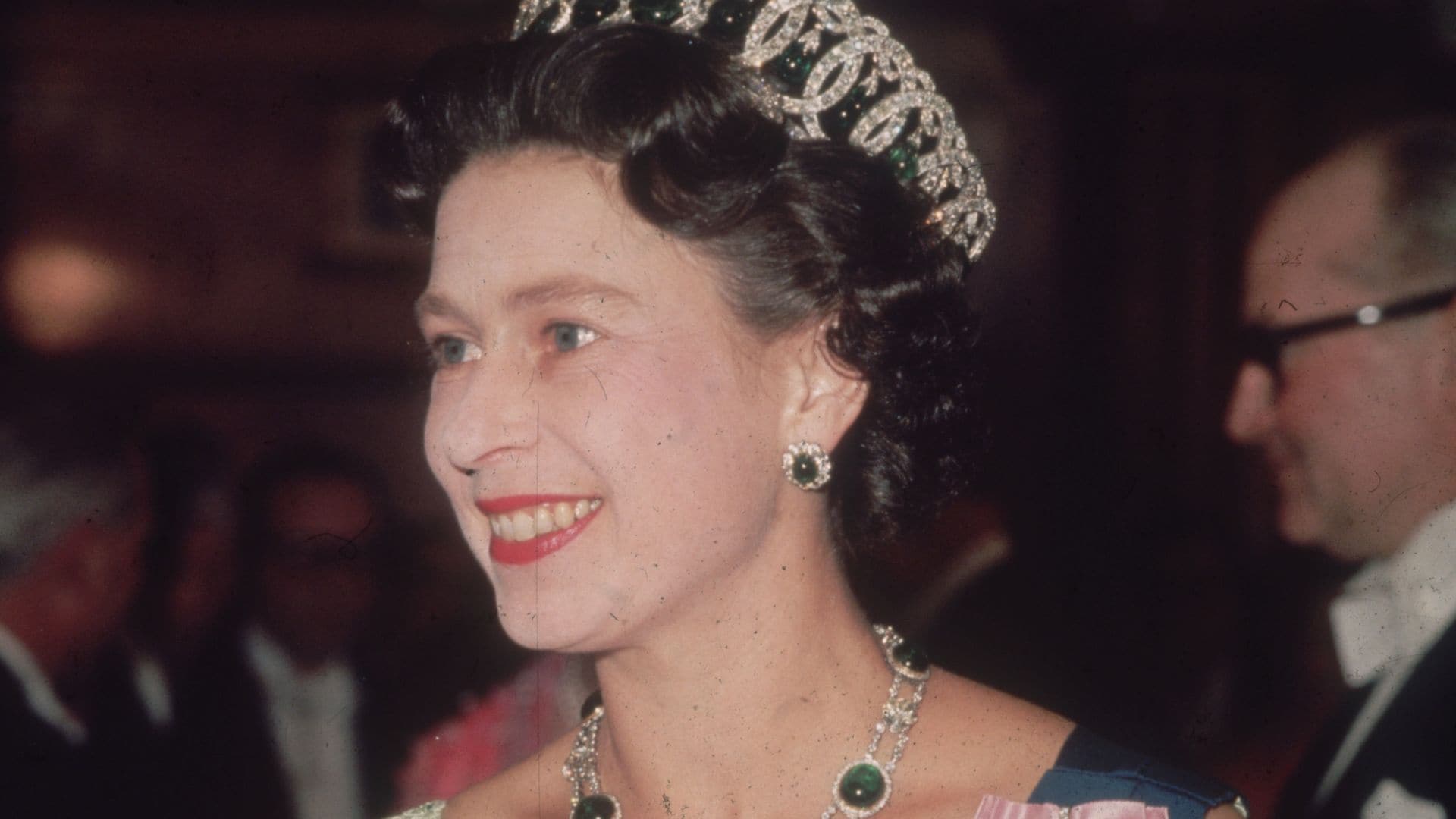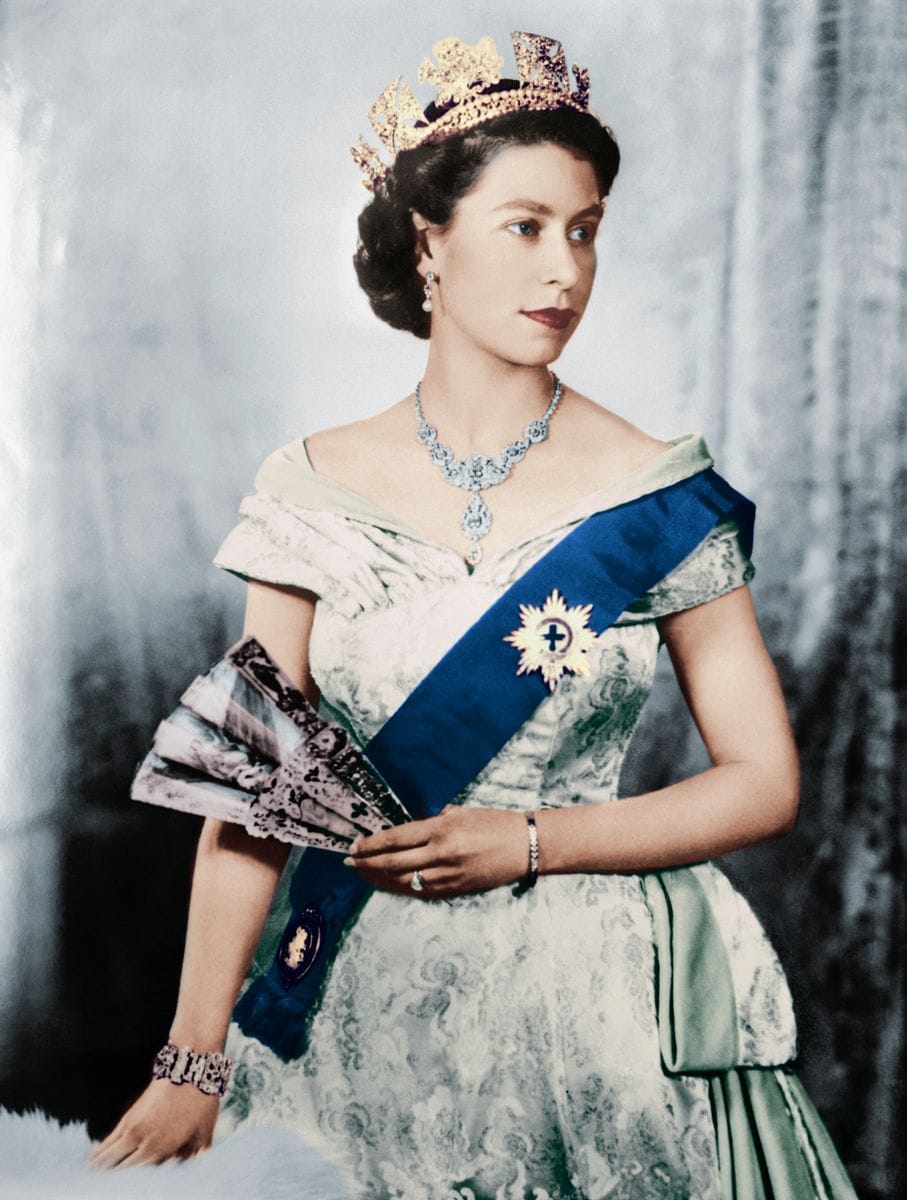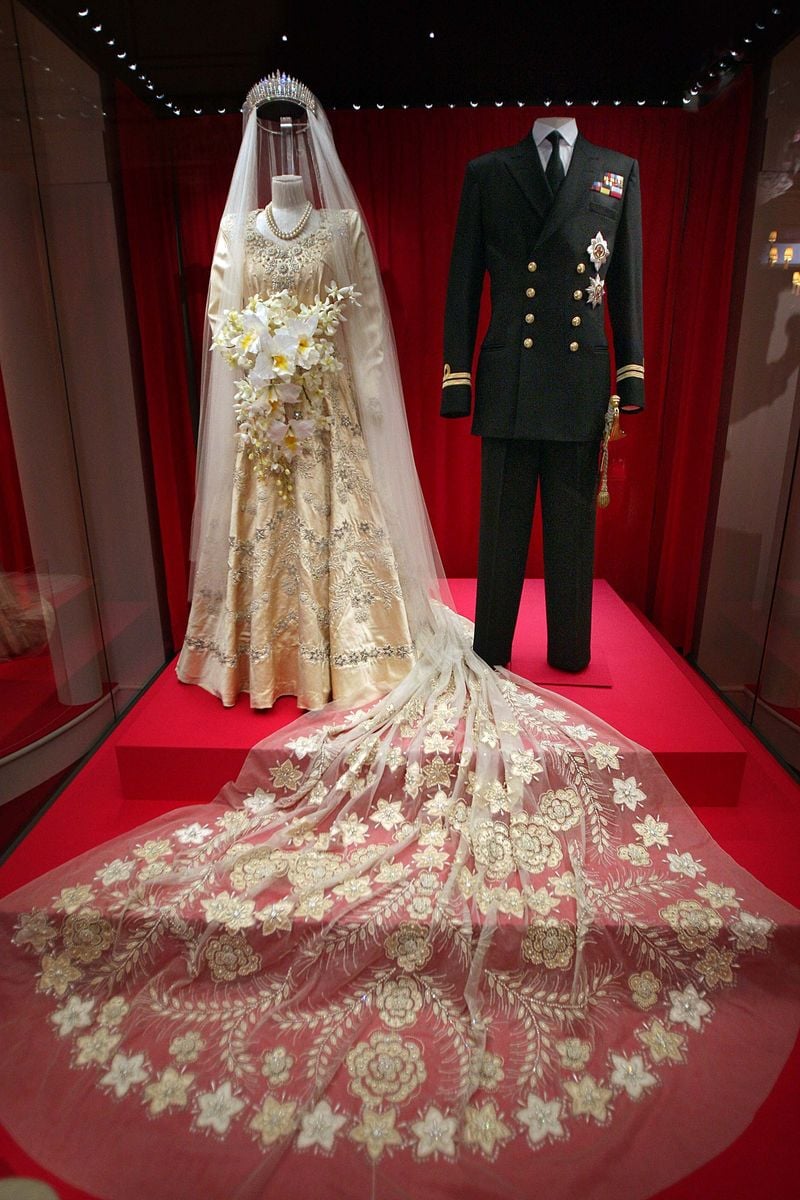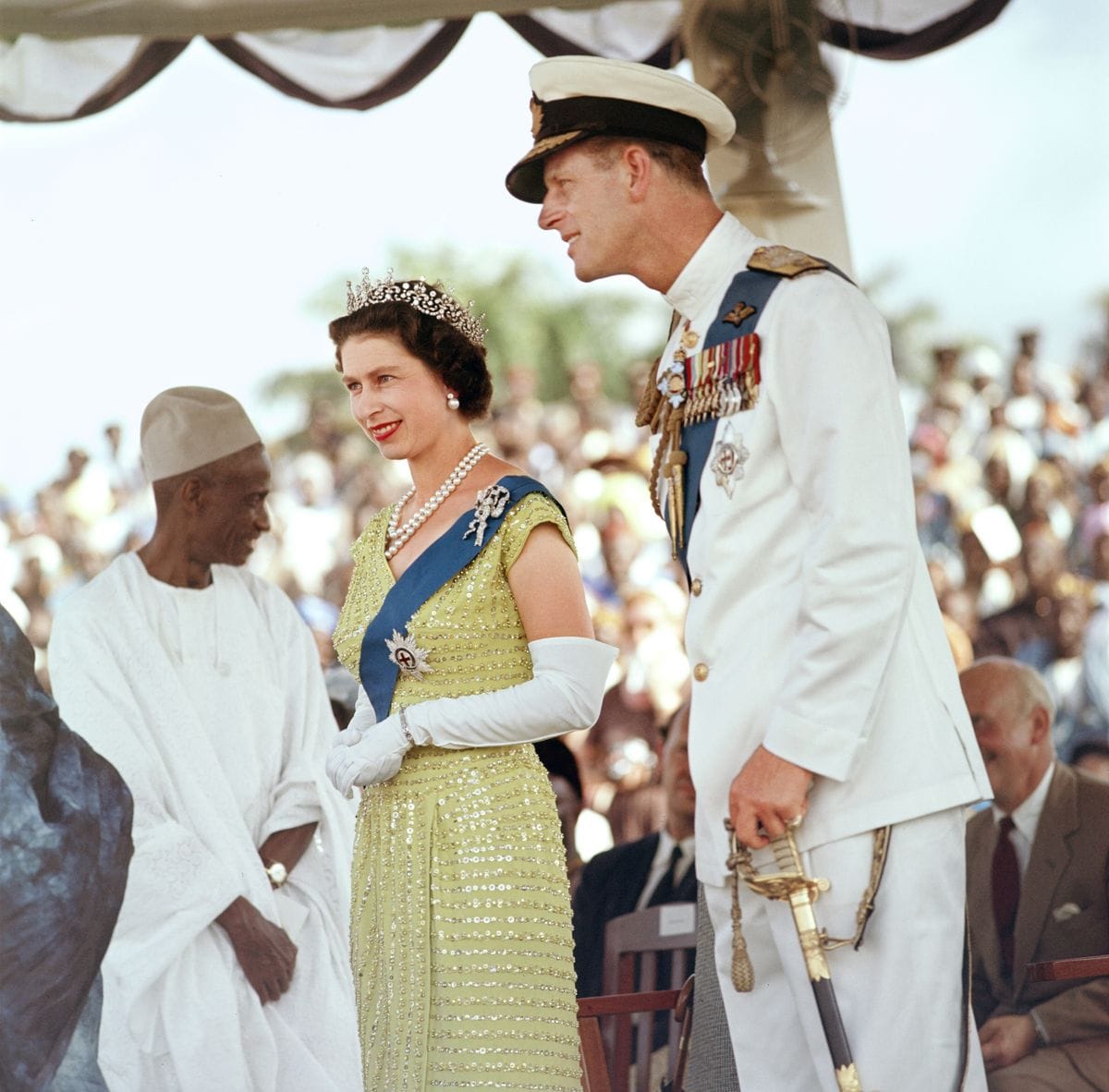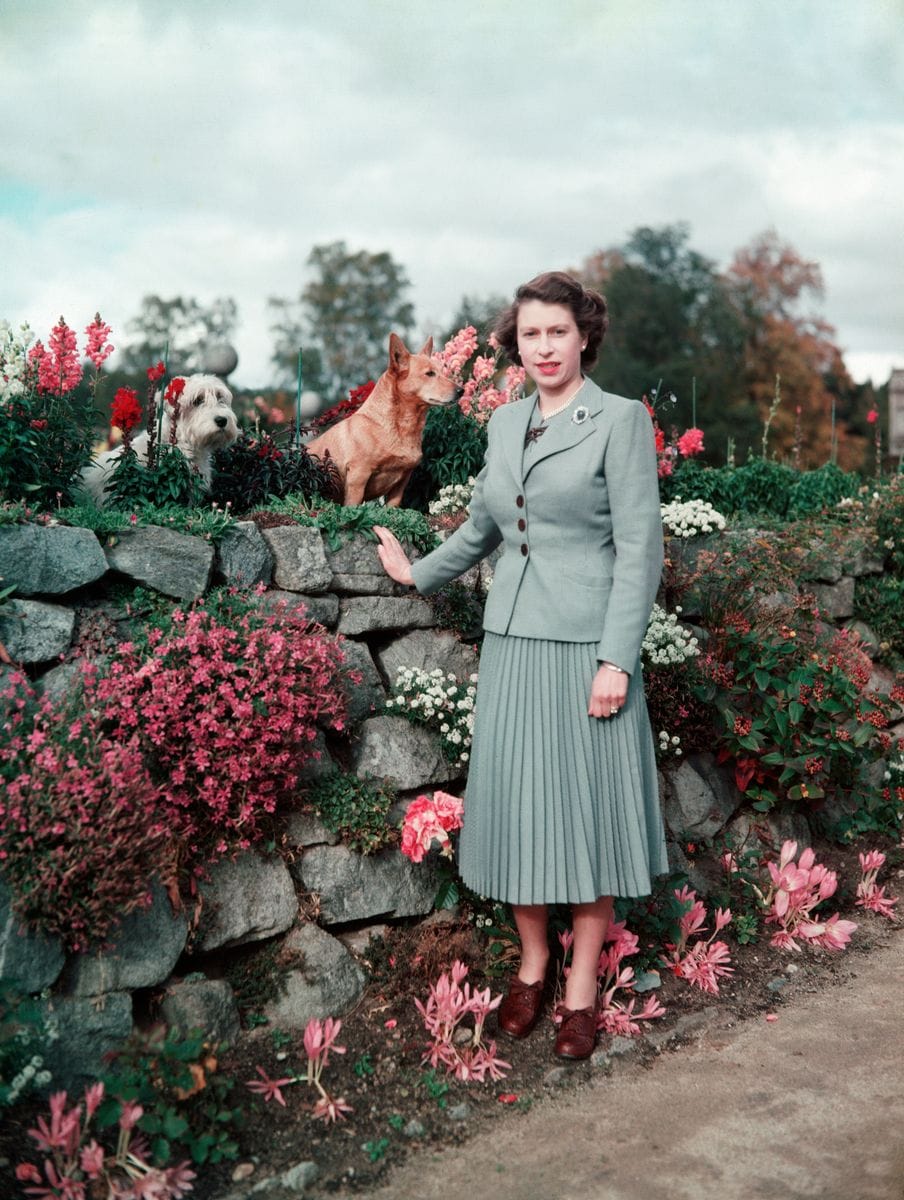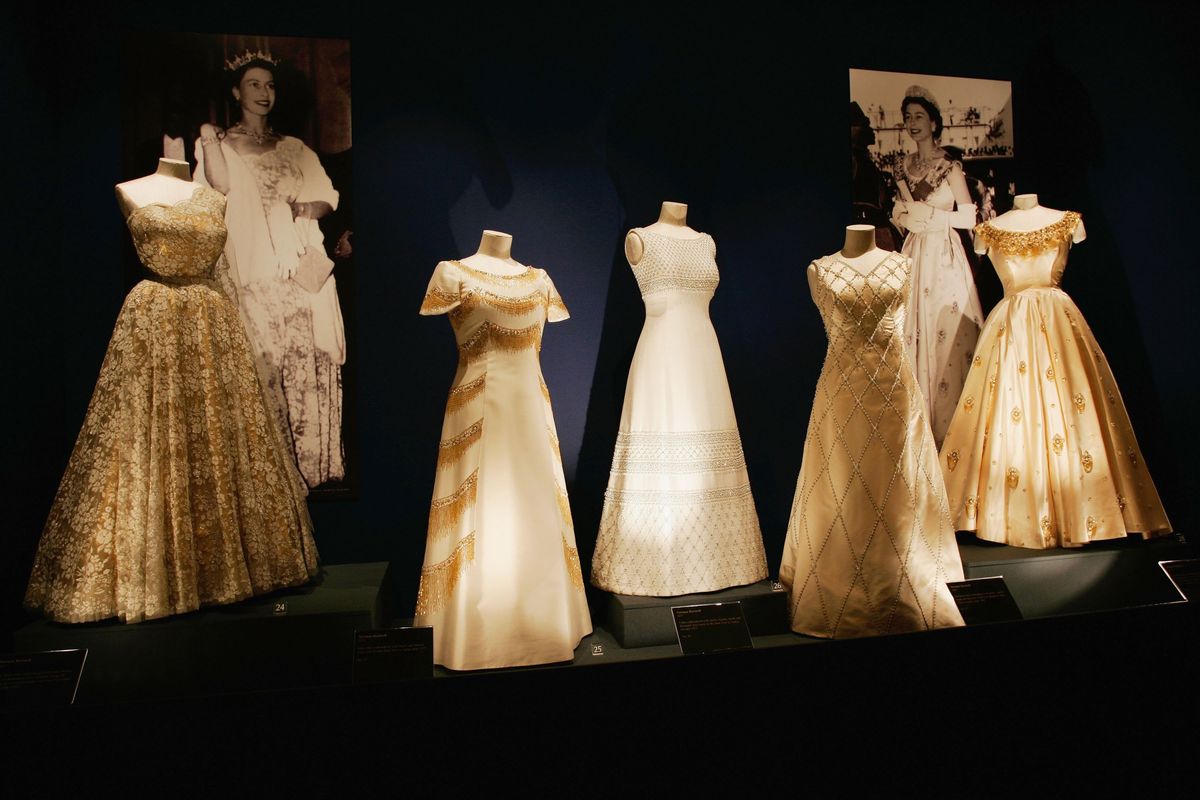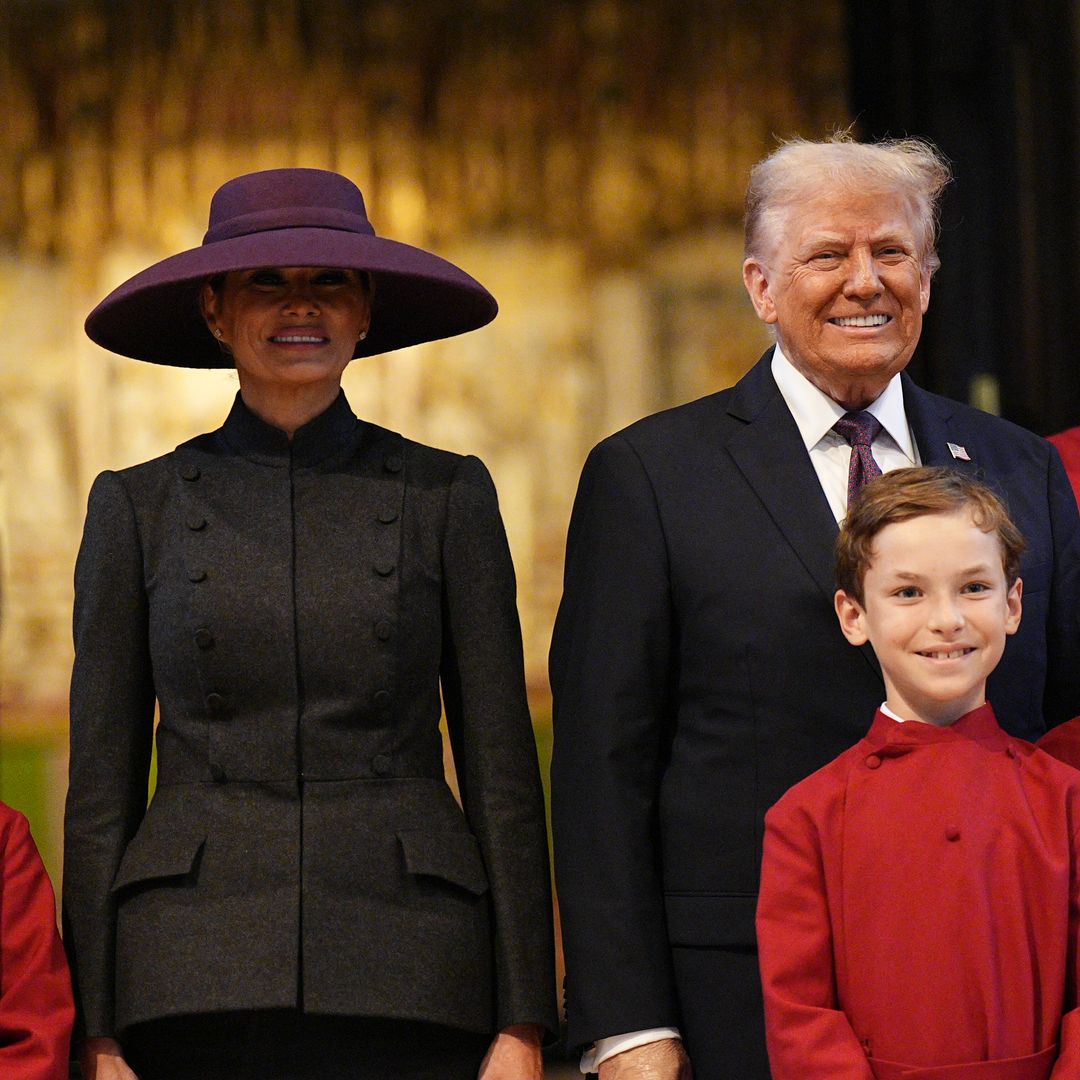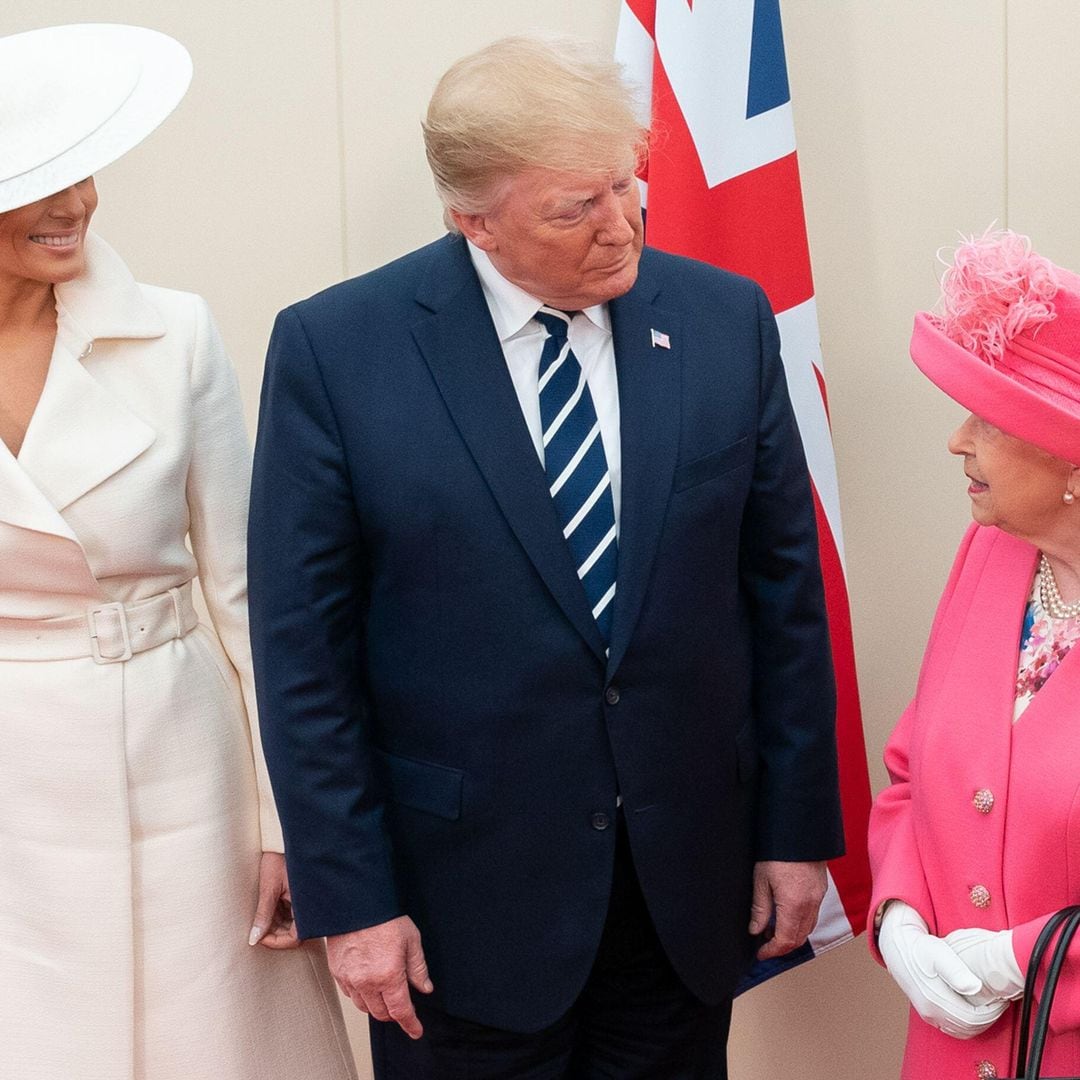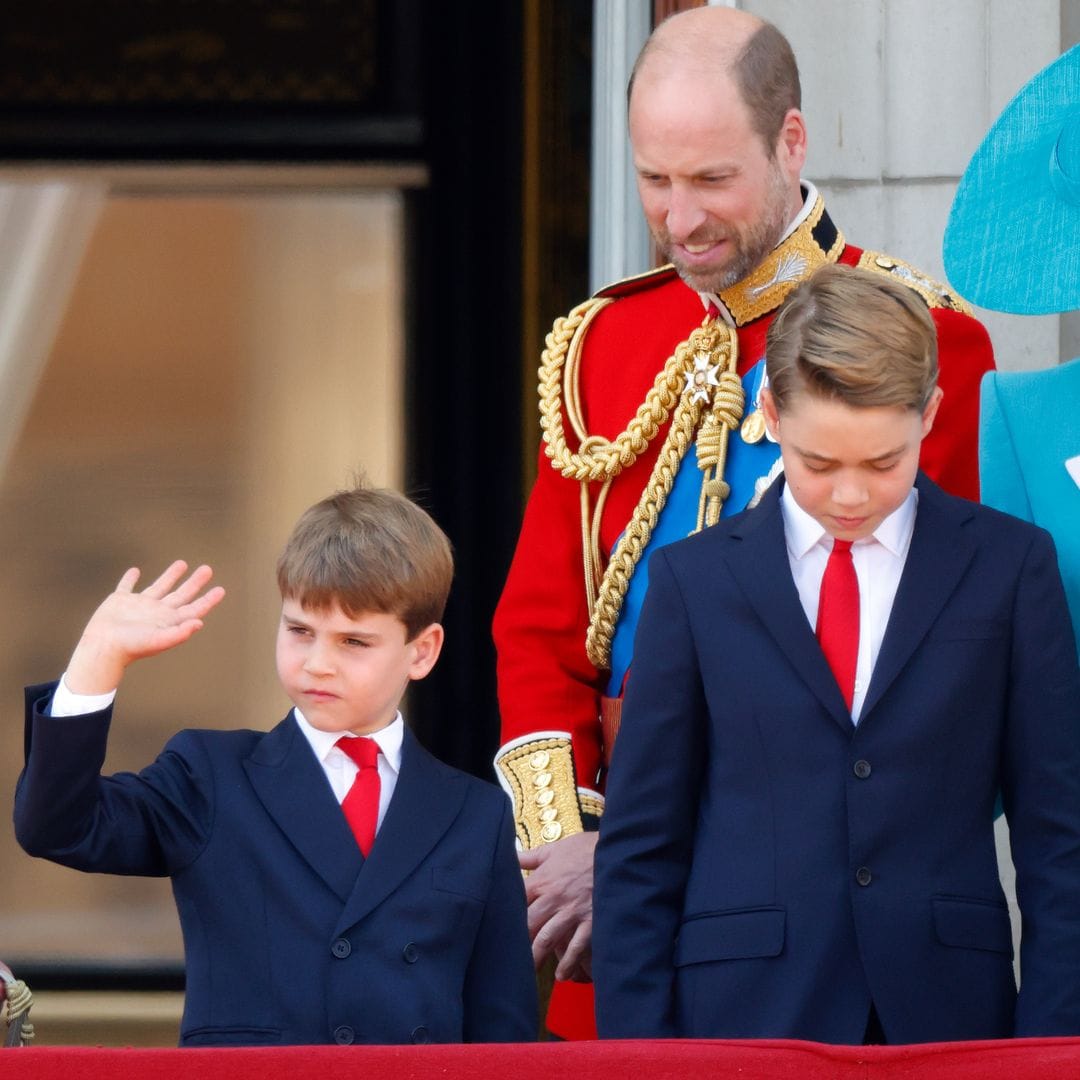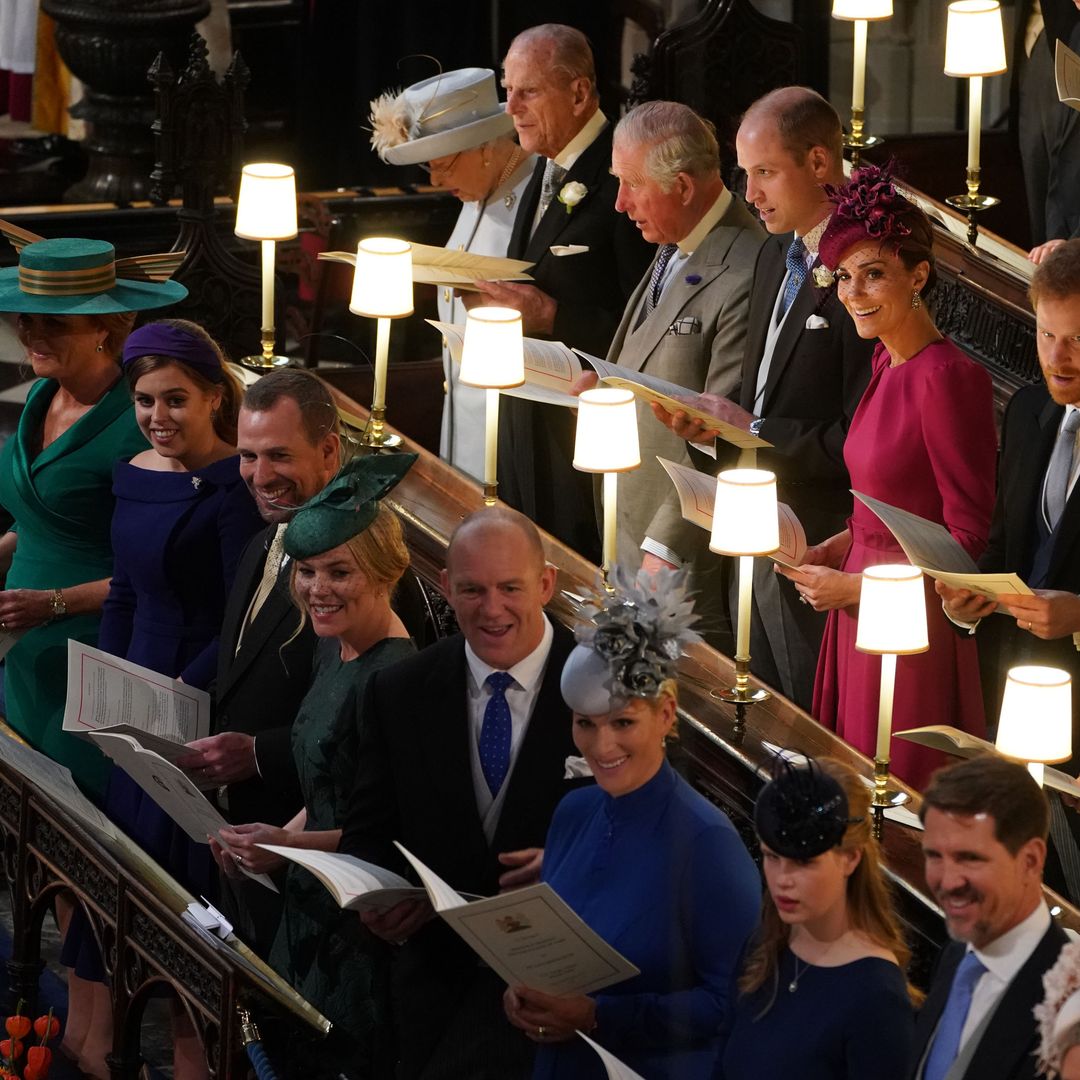From a silver bridesmaid dress worn at age eight to the regal elegance of her Coronation gown, Queen Elizabeth II’s wardrobe will take center stage in what is being described as the largest-ever exhibition of royal fashion ever assembled.
'Queen Elizabeth II: Her Life in Style' will open in spring 2026 at The King’s Gallery, Buckingham Palace, commemorating the late monarch’s 100th birthday.
The upcoming exhibition promises to showcase approximately 200 pieces, including the entirety of the Queen’s life, many of which will be on display for the very first time.
It’s a historic opportunity to show the evolution of a woman who, over her 96-year life and 70-year reign, became one of the most recognizable figures in the world, not only as a sovereign, but as a powerful icon of British fashion.
“This exhibition will be a celebration of Queen Elizabeth’s uniquely British style and her enduring fashion legacy,” said Caroline de Guitaut, exhibition curator and Surveyor of The King’s Works of Art.
“Only now, as the late Queen's fashion archive comes under the care of Royal Collection Trust, can we tell the story of a lifetime of thoughtful style choices—from her hands-on role and understanding of the soft power behind her clothing, to the exceptional craftsmanship behind each garment," she added.
Visitors will get an intimate look at both public and personal ensembles from 1950s evening gowns by Norman Hartnell and Hardy Amies to the bold, printed dresses of the 1970s by Ian Thomas.
But the story begins much earlier. Among the most important pieces set for display is the silver and tulle bridesmaid dress by Edward Molyneux, worn by the young Princess Elizabeth at just eight years old for her uncle’s 1934 wedding.
Norman Hartnell, a force in British couture, holds a particularly significant place in the exhibit. He famously designed both the Queen’s wedding dress in 1947 and her Coronation dress in 1953, two garments that have become symbols of postwar hope and royal tradition, and will be featured in the exhibition.
The exhibition explores how her clothing often carried diplomatic meaning. An example is the emerald-accented white gown Hartnell created for a 1961 state banquet in Pakistan, incorporating the national colors into its design in a nod to the host country.
Her later years included classic British tailoring in the form of hacking jackets, tartan skirts, and her signature silk headscarves, showing a different side to her wardrobe.
"Over the course of Queen Elizabeth II’s remarkably long reign, her distinctive style became instantly recognisable around the world, bolstering the British fashion industry and influencing generations of designers and couturiers," added de Guitaut.
